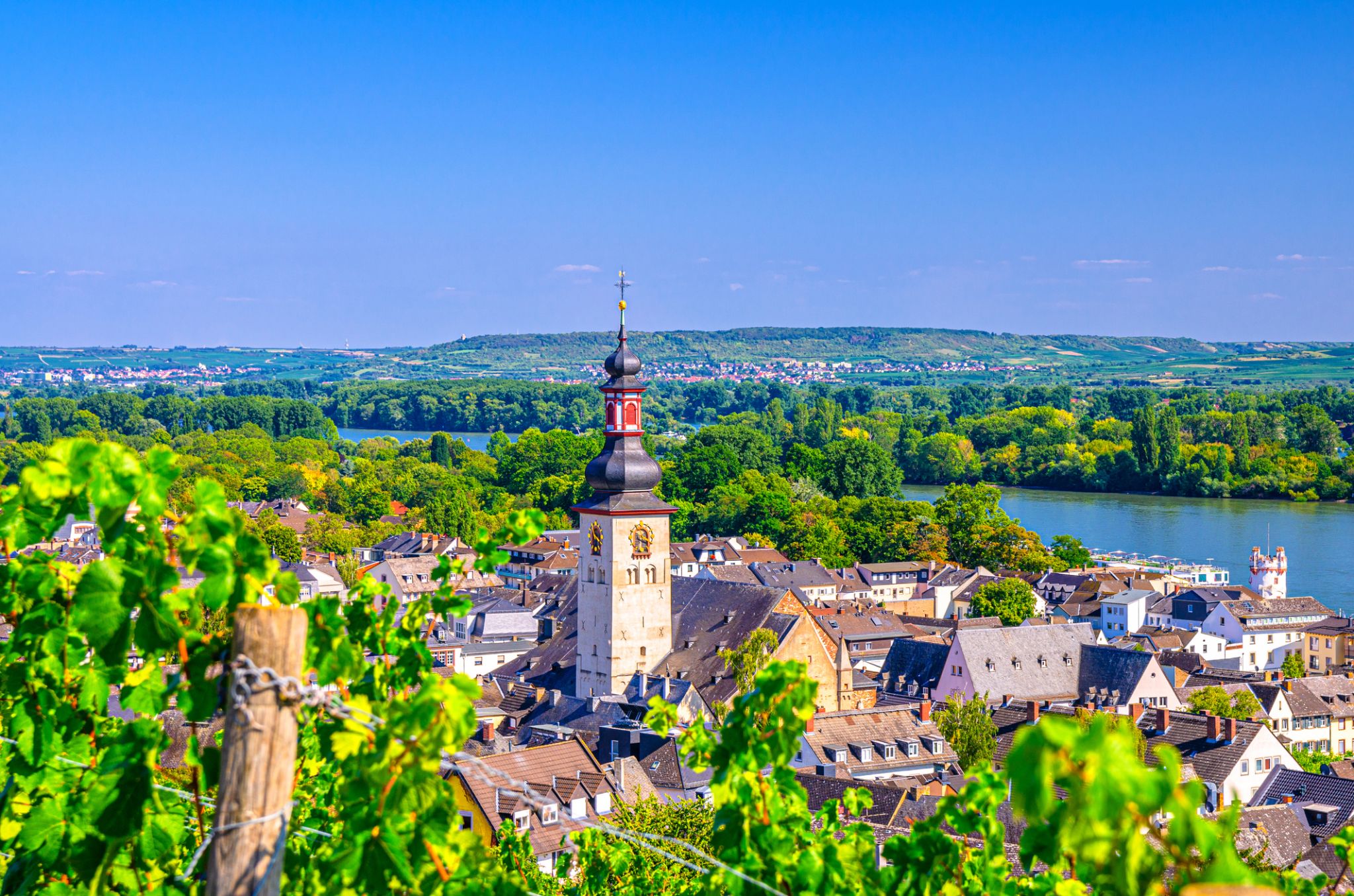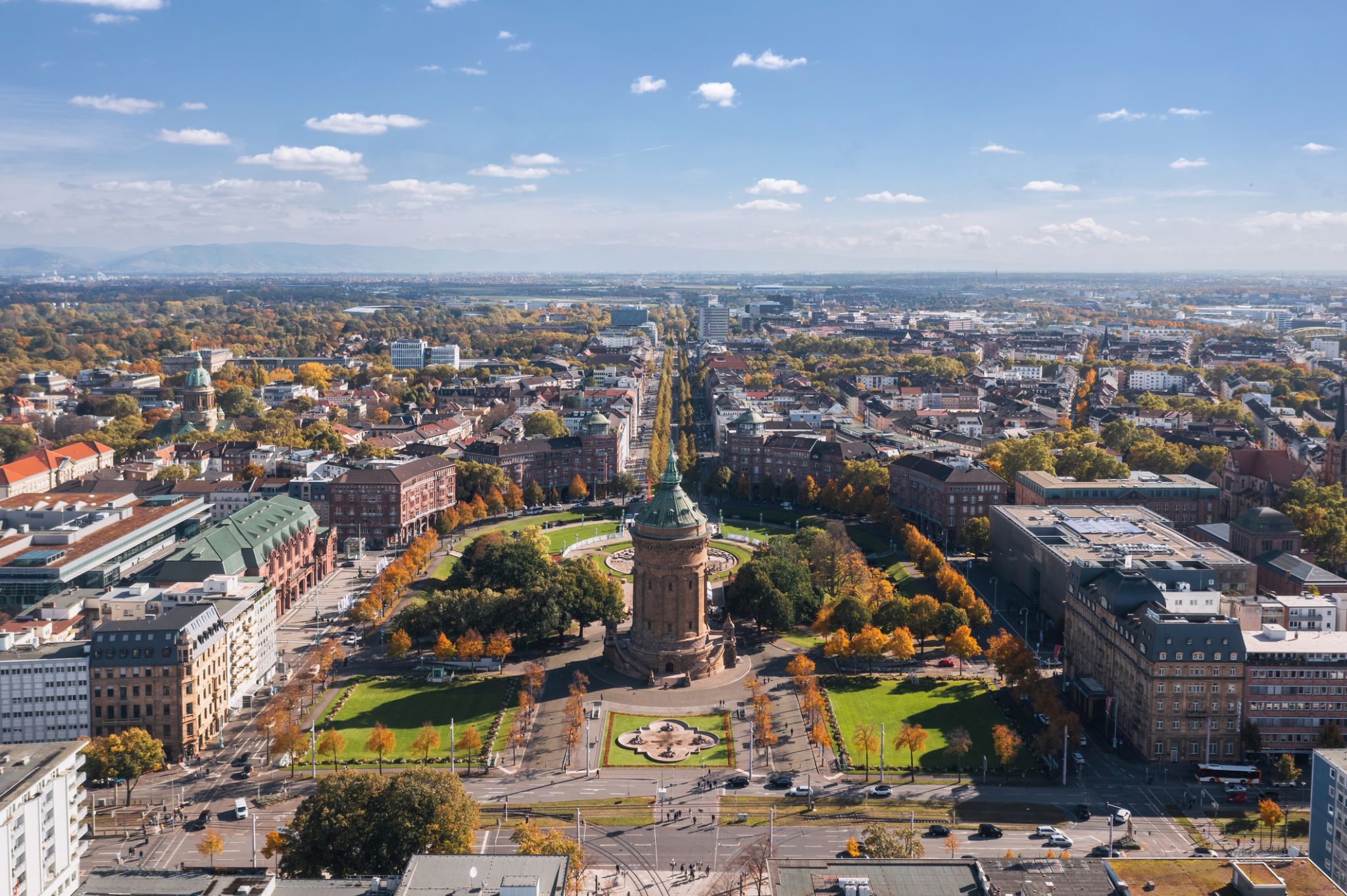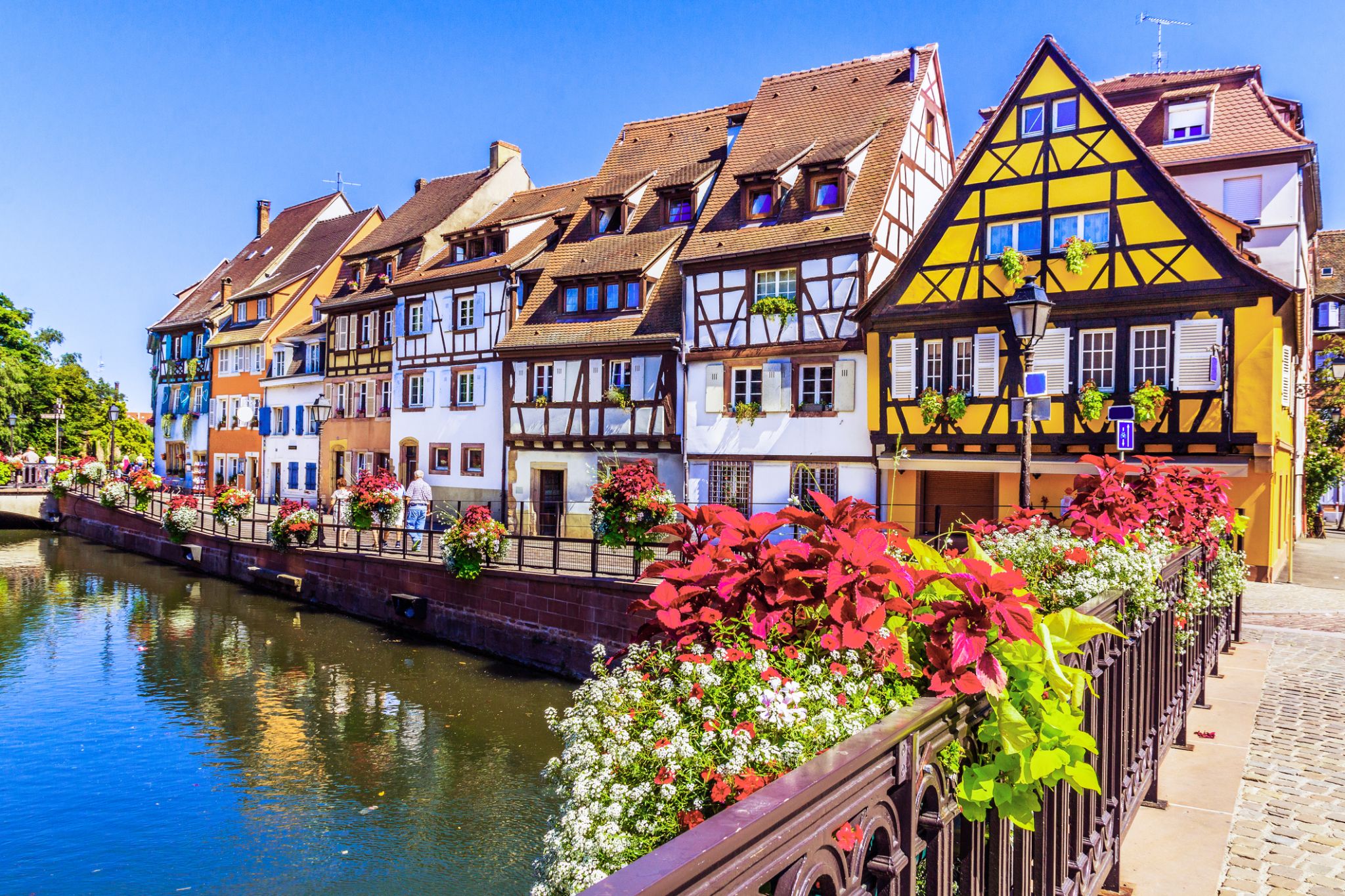

| Company : Croisi Europe |
| Ship : MS Gérard Schmitter |
| Journey Start : Mon 20 Apr 2026 |
| Journey End : Thu 30 Apr 2026 |
| Count Nights : 10 nights |
| Day | Date | Port | Arrival | Departure |
|---|---|---|---|---|
| 1 | 20.04 Mon | Antwerp / Belgium | 18:00 | |
| 2 | 21.04 Tue | Antwerp / Belgium | 12:00 | |
| 2 | 21.04 Tue | Rotterdam / Netherlands | 21:00 | |
| 3 | 22.04 Wed | Rotterdam / Netherlands | 16:00 | |
| 4 | 23.04 Thu | Amsterdam / Netherlands | 08:00 | |
| 5 | 24.04 Fri | Amsterdam / Netherlands | ||
| 6 | 25.04 Sat | Amsterdam / Netherlands | 19:00 | |
| 7 | 26.04 Sun | Nijmegen / Neumegen / Netherlands | 06:00 | 13:00 |
| 7 | 26.04 Sun | Krefeld / Germany | 22:30 | |
| 8 | 27.04 Mon | Krefeld / Germany | 05:00 | |
| 8 | 27.04 Mon | Cologne / Germany | 14:00 | 22:00 |
| 9 | 28.04 Tue | Rüdesheim / Germany | 14:30 | |
| 10 | 29.04 Wed | Rüdesheim / Germany | 04:00 | |
| 10 | 29.04 Wed | Mannheim / Germany | 12:00 | 18:00 |
| 11 | 30.04 Thu | Strasbourg / France | 09:00 |
All inclusive on board
THE CROISIEUROPE DIFFERENCE
All meals included - DRINKS INCLUDED with meals and at the bar
Refined French cuisine - Gala dinner and evening - Welcome cocktail
Free Wi-Fi onboard
Headsets are included for excursions
Official welcome from the captain and crew
Onboard activities
Travel assistance and repatriation insurance
All port fees included
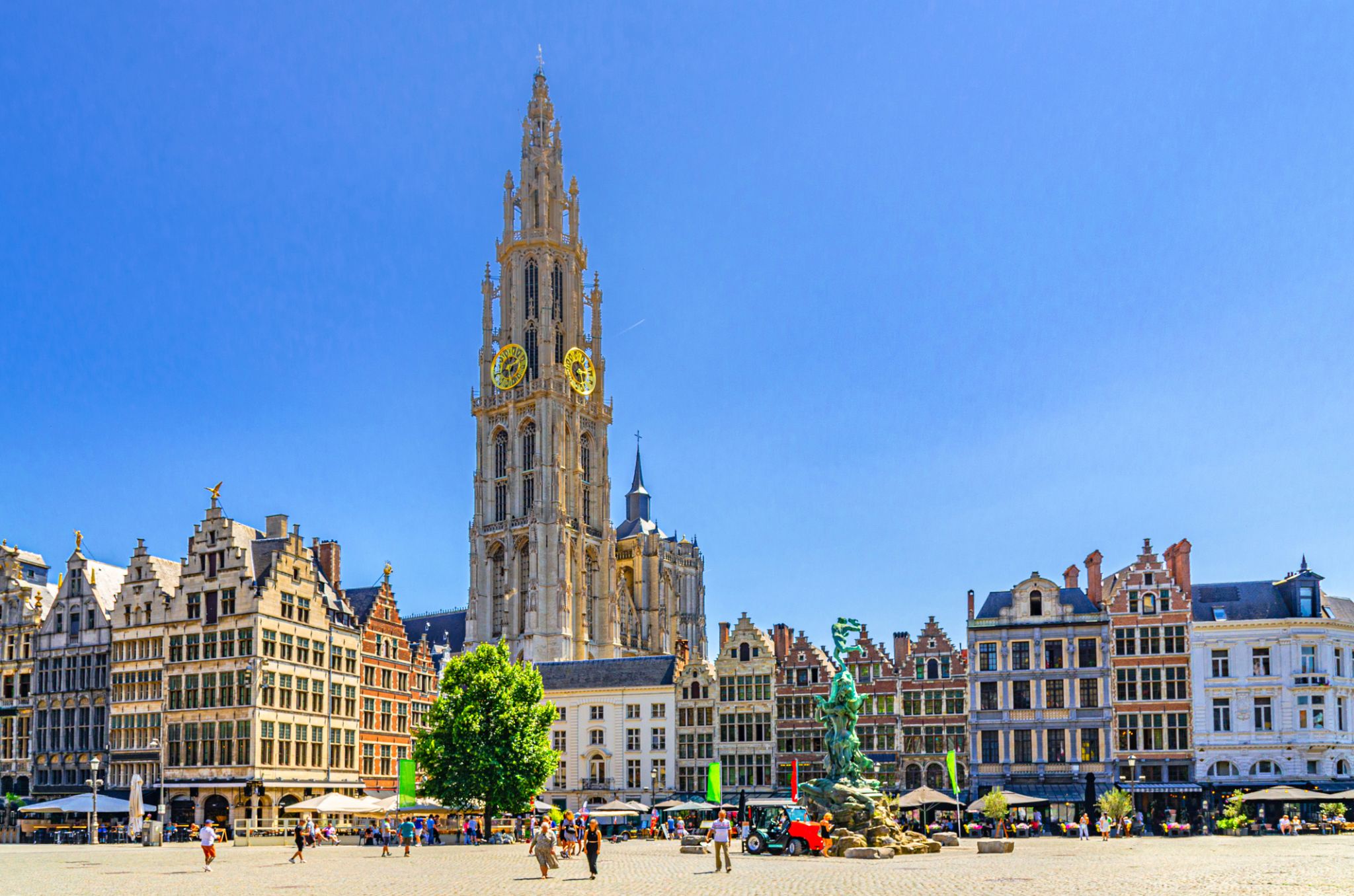
a port in northern Belgium, on the Scheldt River; population 472,071 (2008). By the 16th century, it was a leading European commercial and financial center. Flemish name Antwerpen.

a port in northern Belgium, on the Scheldt River; population 472,071 (2008). By the 16th century, it was a leading European commercial and financial center. Flemish name Antwerpen.

Rotterdam is the second-largest city and a municipality of the Netherlands. It is located in the province of South Holland, at the mouth of the Nieuwe Maaschannel leading into the Rhine–Meuse–Scheldt delta at the North Sea. Its history goes back to 1270, when a damwas constructed in the Rotte, after which people settled around it for safety. In 1340, Rotterdam was granted city rights by the Count of Holland.
A major logistic and economic centre, Rotterdam is Europe's largest port. It has a population of 633,471 (2017).Rotterdam is known for its Erasmus University, its riverside setting, lively cultural life and maritime heritage. The near-complete destruction of the city centre in the World War II Rotterdam Blitz has resulted in a varied architectural landscape, including sky-scrapers (an uncommon sight in other Dutch cities) designed by renowned architects such as Rem Koolhaas, Piet Blom and Ben van Berkel.
The Rhine, Meuse and Scheldt give waterway access into the heart of Western Europe, including the highly industrialized Ruhr. The extensive distribution system including rail, roads, and waterways have earned Rotterdam the nicknames "Gateway to Europe" and "Gateway to the World".

Rotterdam is the second-largest city and a municipality of the Netherlands. It is located in the province of South Holland, at the mouth of the Nieuwe Maaschannel leading into the Rhine–Meuse–Scheldt delta at the North Sea. Its history goes back to 1270, when a damwas constructed in the Rotte, after which people settled around it for safety. In 1340, Rotterdam was granted city rights by the Count of Holland.
A major logistic and economic centre, Rotterdam is Europe's largest port. It has a population of 633,471 (2017).Rotterdam is known for its Erasmus University, its riverside setting, lively cultural life and maritime heritage. The near-complete destruction of the city centre in the World War II Rotterdam Blitz has resulted in a varied architectural landscape, including sky-scrapers (an uncommon sight in other Dutch cities) designed by renowned architects such as Rem Koolhaas, Piet Blom and Ben van Berkel.
The Rhine, Meuse and Scheldt give waterway access into the heart of Western Europe, including the highly industrialized Ruhr. The extensive distribution system including rail, roads, and waterways have earned Rotterdam the nicknames "Gateway to Europe" and "Gateway to the World".
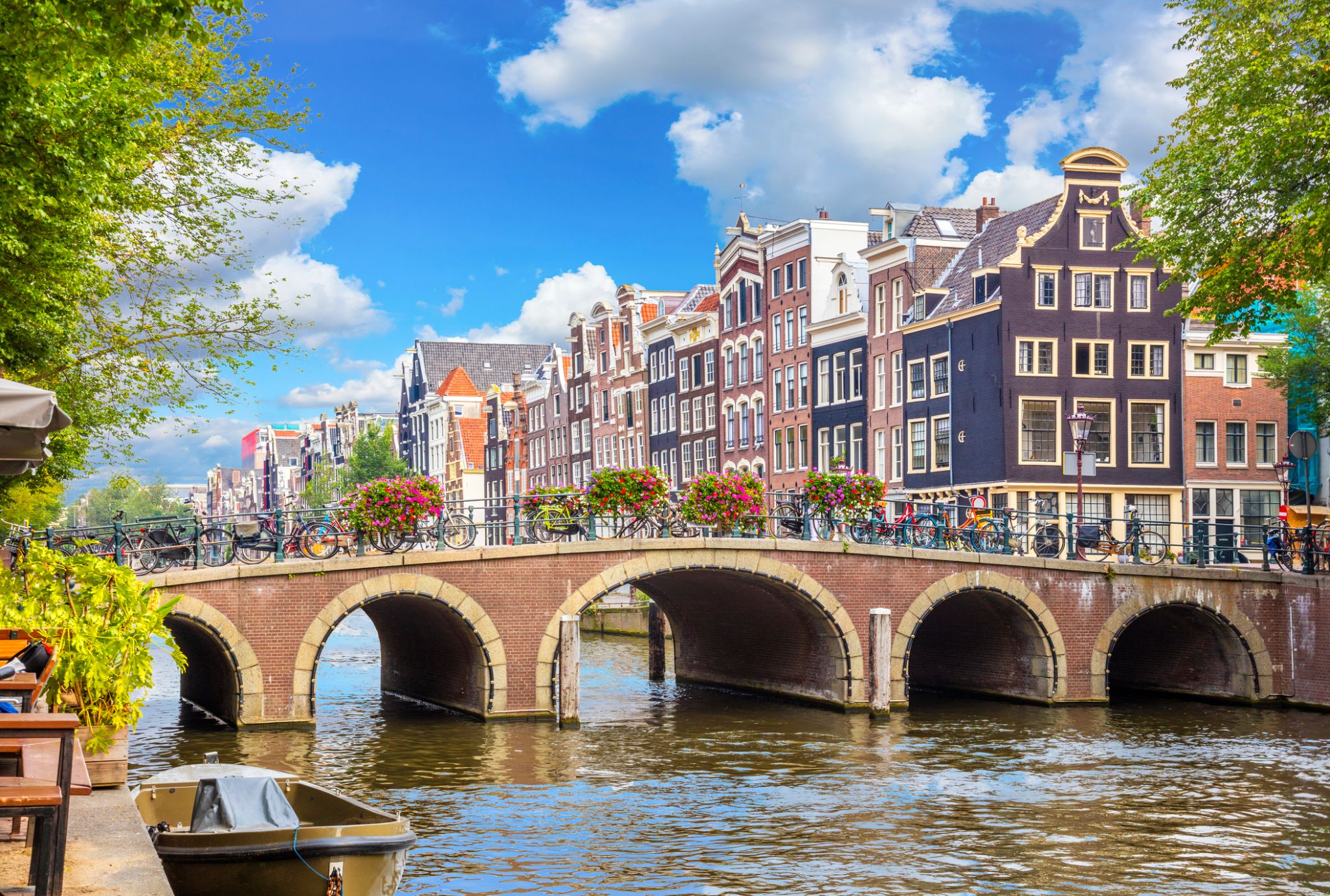
Amsterdam is the capital city and most populous municipality of the Netherlands. Its status as the capital is mandated by the Constitution of the Netherlands, although it is not the seat of the government, which is The Hague. Amsterdam has a population of 851,373 within the city proper, 1,351,587 in the urban area] and 2,410,960 in the metropolitan area. The city is located in the province of North Holland in the west of the country but is not its capital, which is Haarlem. The metropolitan area comprises much of the northern part of the Randstad, one of the larger conurbations in Europe, with a population of approximately 8 million.

Amsterdam is the capital city and most populous municipality of the Netherlands. Its status as the capital is mandated by the Constitution of the Netherlands, although it is not the seat of the government, which is The Hague. Amsterdam has a population of 851,373 within the city proper, 1,351,587 in the urban area] and 2,410,960 in the metropolitan area. The city is located in the province of North Holland in the west of the country but is not its capital, which is Haarlem. The metropolitan area comprises much of the northern part of the Randstad, one of the larger conurbations in Europe, with a population of approximately 8 million.

Amsterdam is the capital city and most populous municipality of the Netherlands. Its status as the capital is mandated by the Constitution of the Netherlands, although it is not the seat of the government, which is The Hague. Amsterdam has a population of 851,373 within the city proper, 1,351,587 in the urban area] and 2,410,960 in the metropolitan area. The city is located in the province of North Holland in the west of the country but is not its capital, which is Haarlem. The metropolitan area comprises much of the northern part of the Randstad, one of the larger conurbations in Europe, with a population of approximately 8 million.
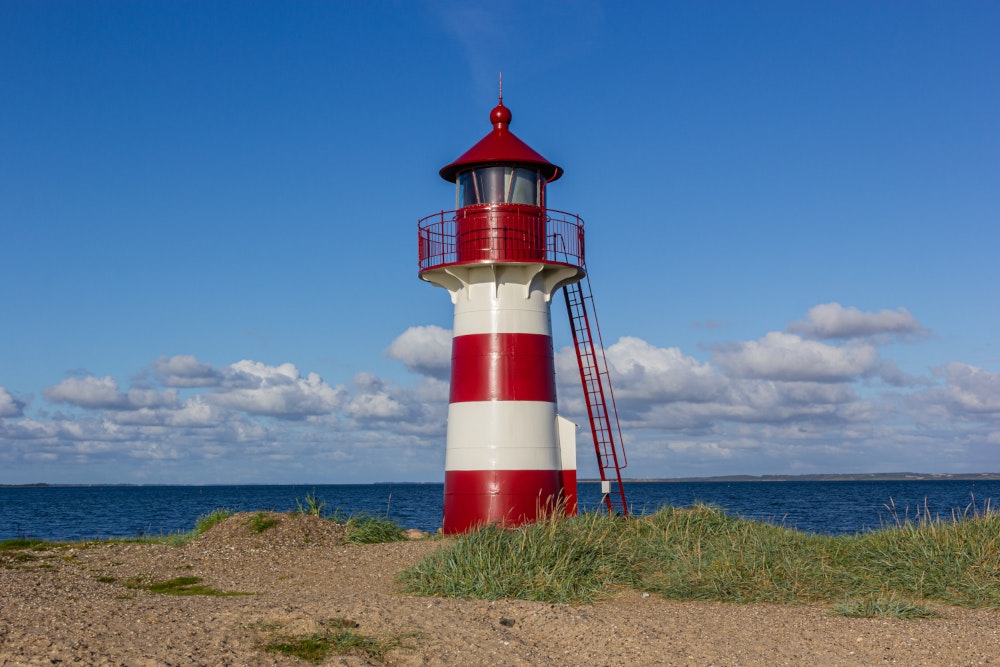
On the southern bank of the Waal River lies the city of Nijmegen, a major industrial center where brick manufacturing, the chemical industry, tobacco production, and electrical equipment manufacturing are especially well developed. One of the most curious constructions, shaped like a whale, is located on the Waal's riverbank — it’s the river fleet control center, as Nijmegen also serves as a river port. Nearby stands a sculpture of the fictional heroine Mariken van Nijmegen, who has become a symbolic figure for the city.
Nijmegen is also home to the fascinating National Bicycle Museum “Velorama.” Interestingly, it is the only museum of its kind in the Netherlands, despite the country’s well-known love of cycling. The museum’s exhibitions display the beauty and diversity of bicycle transport. Today, its collection includes over 500 bicycles.
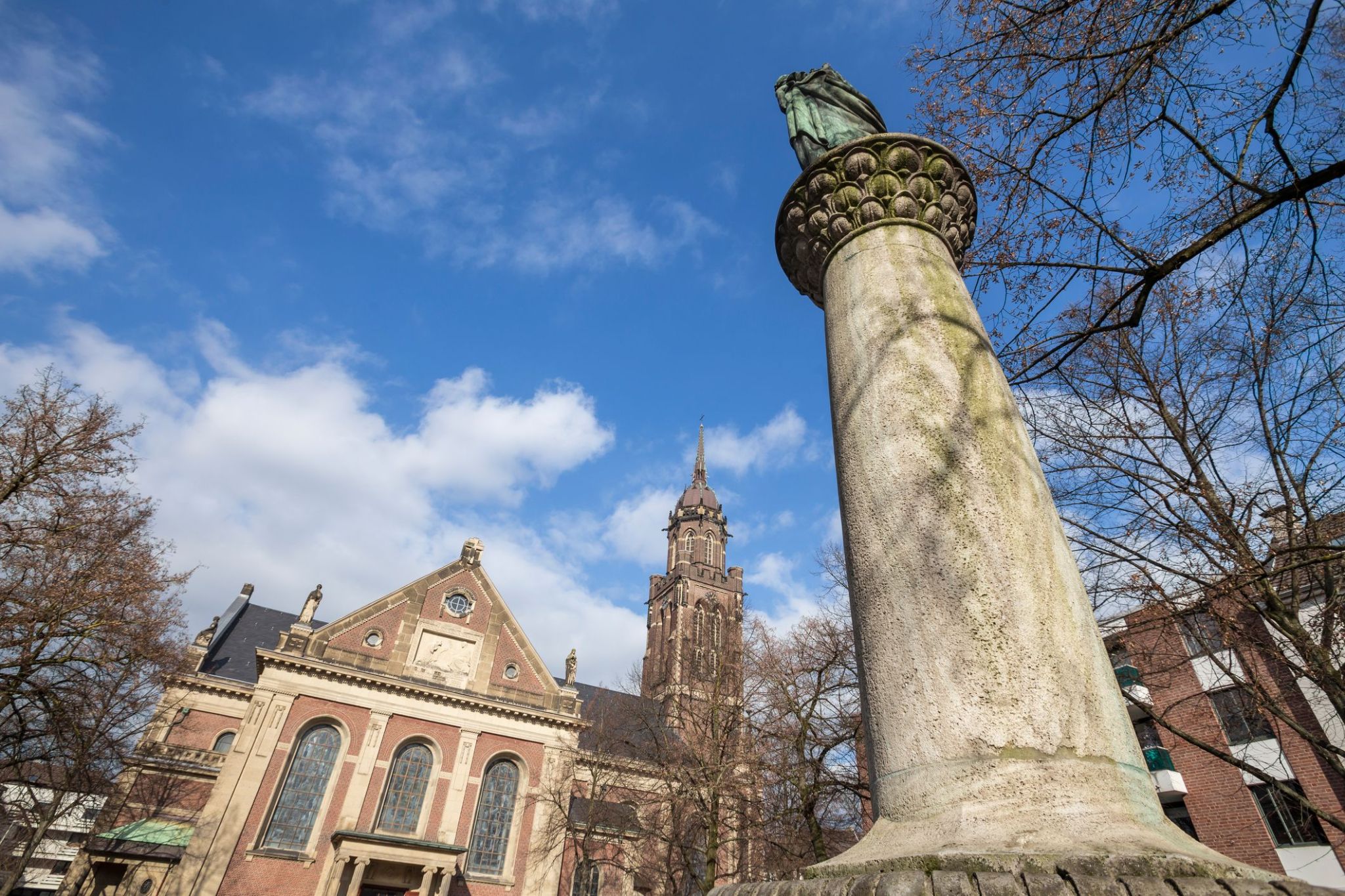
Krefeld is located in western Germany, not far from Düsseldorf, and is known as a center of the textile industry with a rich history. In the past, the city earned the nickname "City of Velvet and Silk" thanks to its high-quality fabric production that made it an important industrial hub. The historic city center preserves traces of bourgeois architecture, and the many villas from the late 19th century reflect a time of prosperity. A place worth visiting is the Haus der Seidenkultur museum, which tells the story of the region’s textile heritage.
Krefeld also offers many options for walking and recreation. The city is surrounded by green parks, and on its outskirts lies Linn Castle, one of the best-preserved castles in the Rhineland region. The castle is open to visitors and features exhibitions dedicated to local history. Tourists should also explore local cafés to taste German cuisine and enjoy cultural events held throughout the year.

Krefeld is located in western Germany, not far from Düsseldorf, and is known as a center of the textile industry with a rich history. In the past, the city earned the nickname "City of Velvet and Silk" thanks to its high-quality fabric production that made it an important industrial hub. The historic city center preserves traces of bourgeois architecture, and the many villas from the late 19th century reflect a time of prosperity. A place worth visiting is the Haus der Seidenkultur museum, which tells the story of the region’s textile heritage.
Krefeld also offers many options for walking and recreation. The city is surrounded by green parks, and on its outskirts lies Linn Castle, one of the best-preserved castles in the Rhineland region. The castle is open to visitors and features exhibitions dedicated to local history. Tourists should also explore local cafés to taste German cuisine and enjoy cultural events held throughout the year.
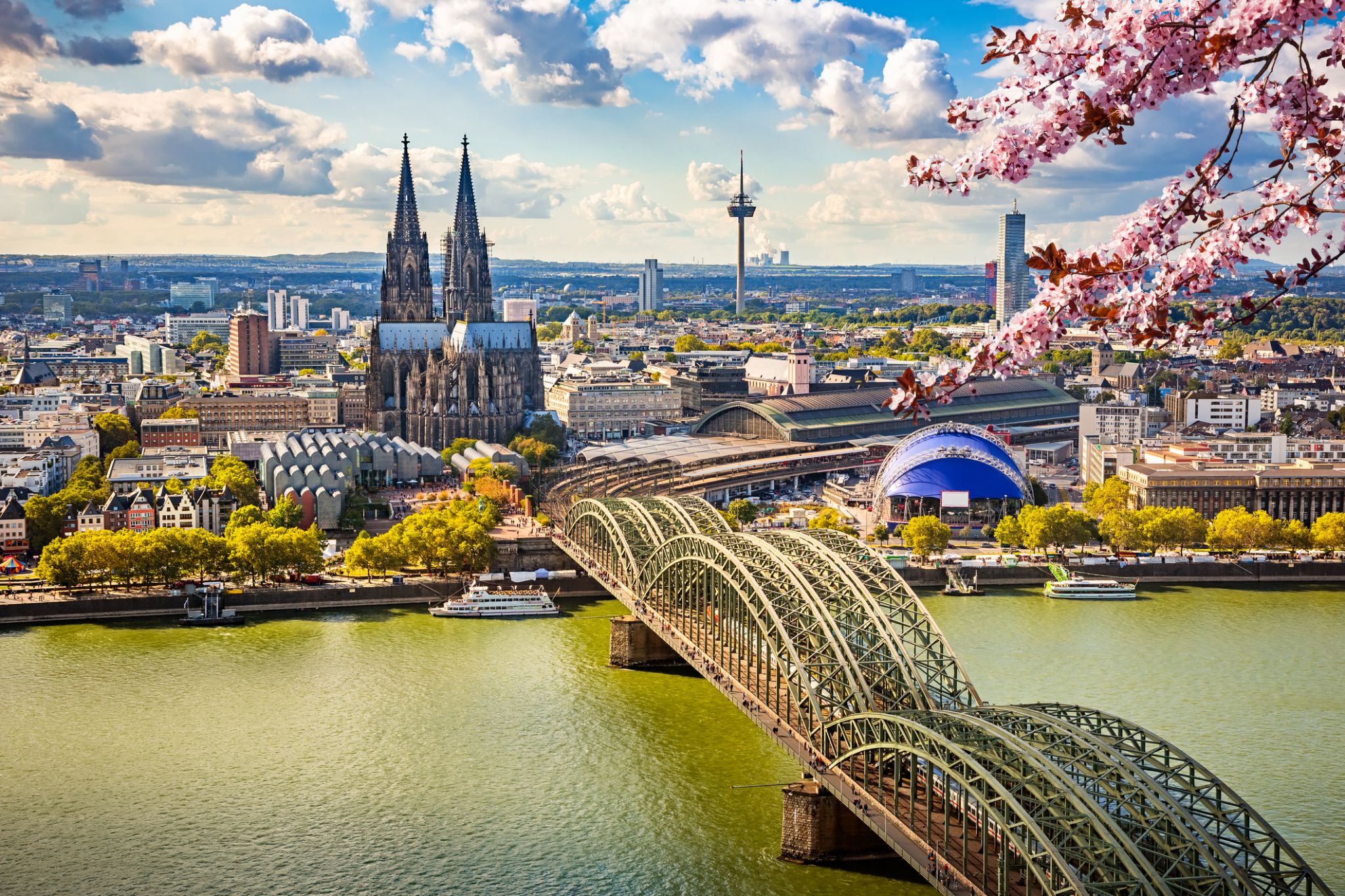
Cologne is the largest city of Germany's most populous federal state of North Rhine-Westphalia, and its 1 million+ (2016) inhabitants make it the fourth most populous city in Germany after Berlin, Hamburg, and Munich. The largest city on the Rhine, it is also the most populous city both of the Rhine-Ruhr Metropolitan Region, which is Germany's largest and one of Europe's major metropolitan areas, and of the Rhineland. Centred on the left bank of the Rhine, Cologne is about 45 kilometres (28 mi) southeast of North Rhine-Westphalia's capital of Düsseldorf and 25 kilometres (16 mi) northwest of Bonn. It is the largest city in the Central Franconian and Ripuarian dialect areas.
The city's famous Cologne Cathedral (Kölner Dom) is the seat of the Catholic Archbishop of Cologne. There are many institutions of higher education in the city, most notably the University of Cologne (Universität zu Köln), one of Europe's oldest and largest universities, the Technical University of Cologne (Technische Hochschule Köln), Germany's largest university of applied sciences, and the German Sport University Cologne (Deutsche Sporthochschule Köln), Germany's only sport university. Cologne Bonn Airport (Flughafen Köln/Bonn) is Germany's seventh-largest airport and lies in the southeast of the city. The main airport for the Rhine-Ruhr region is Düsseldorf Airport.
